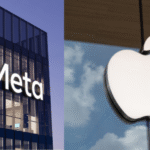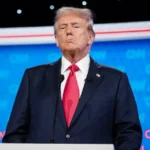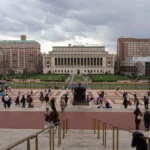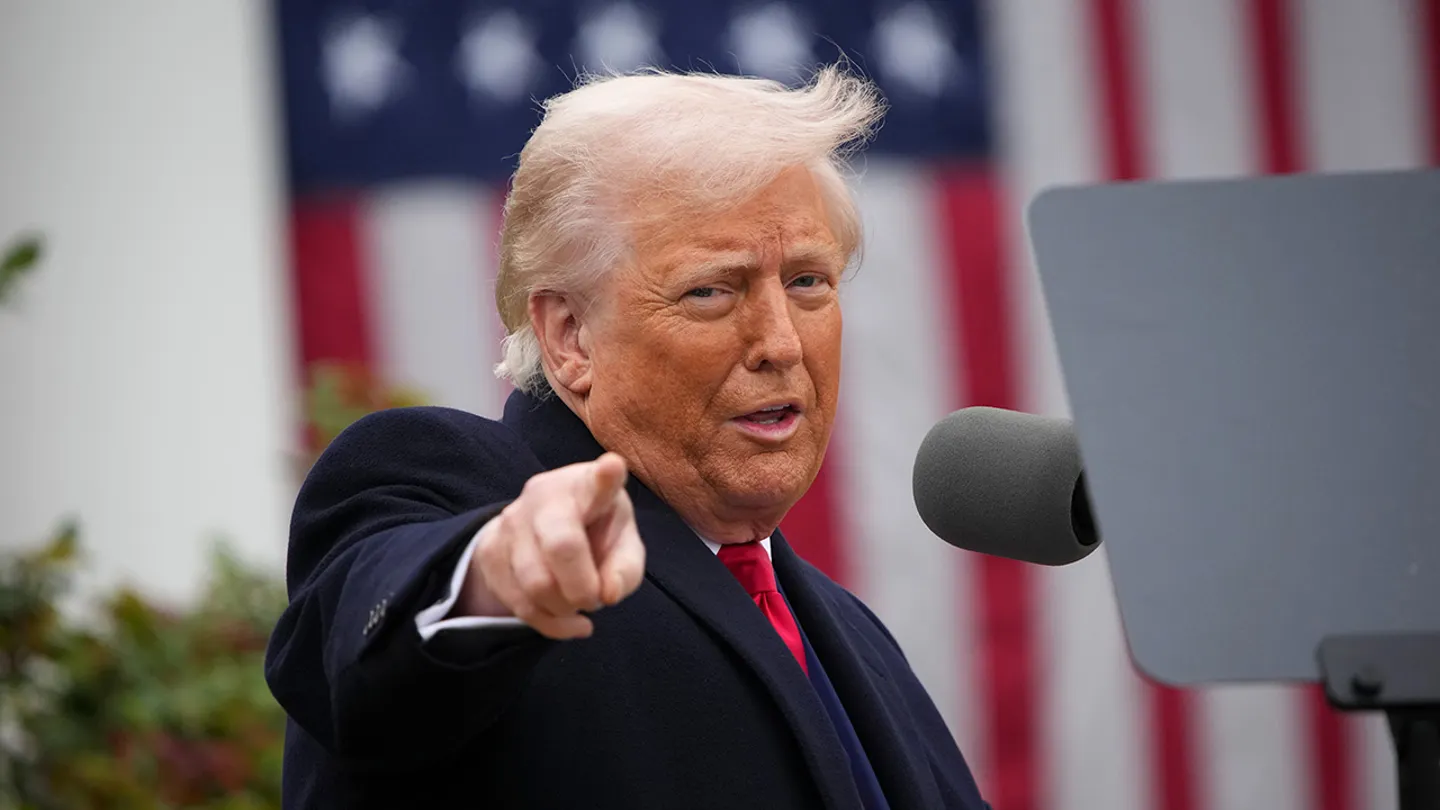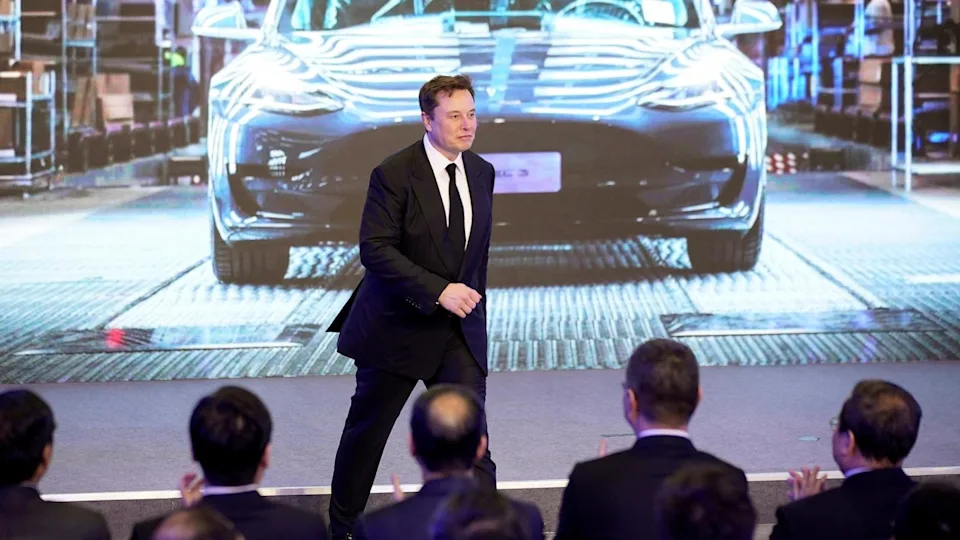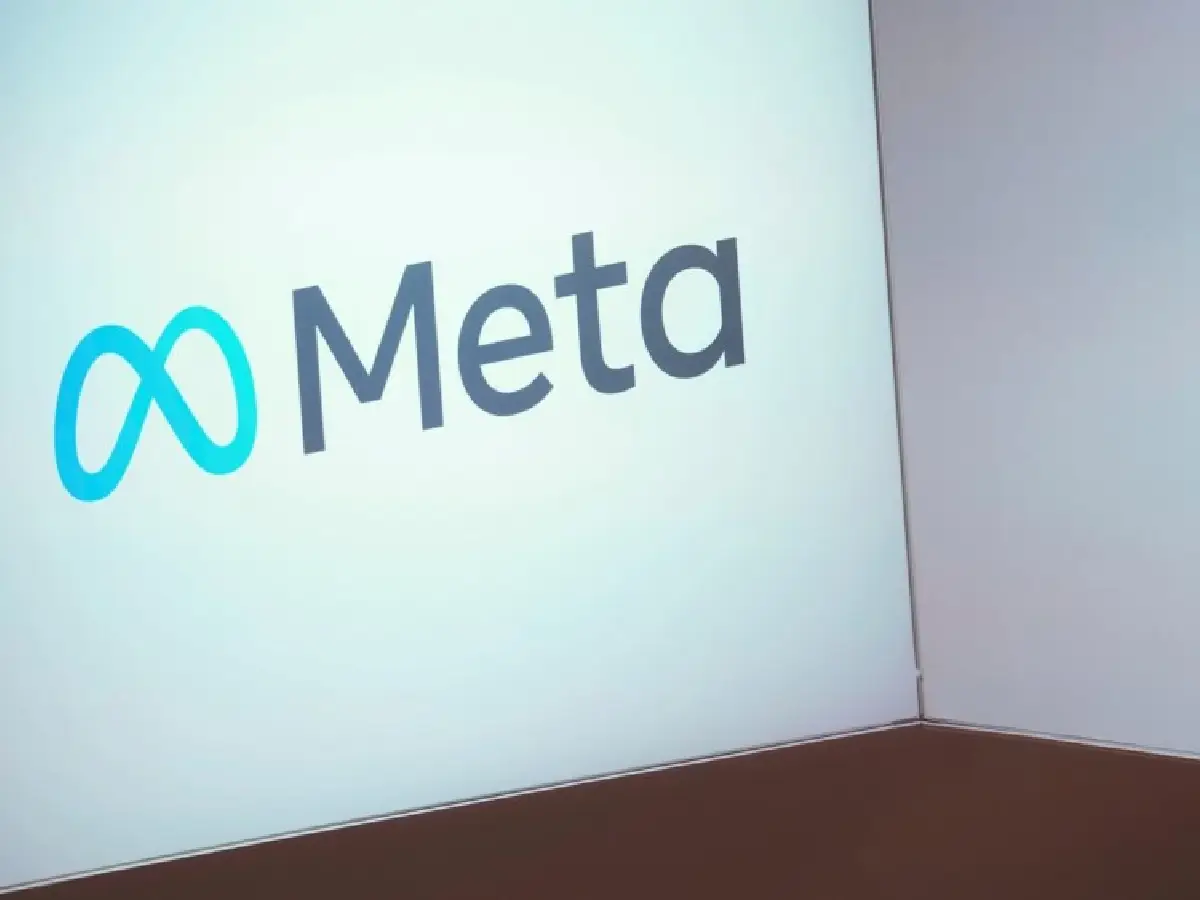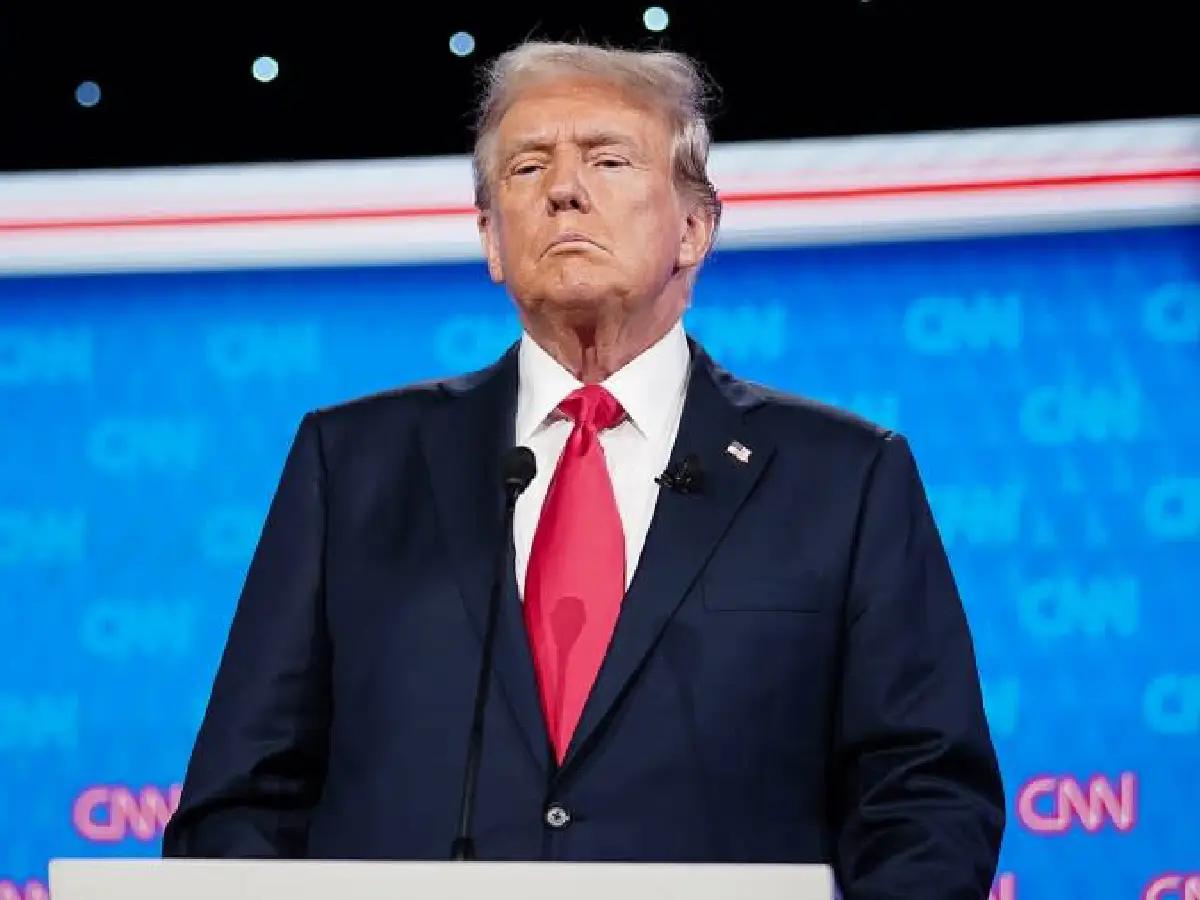## Understanding the Impact of New Tariffs on Economic Growth and Inflation
As new tariffs are set to take effect this week, there is increasing concern about their potential impact on both inflation and economic growth. This development presents a complex challenge for central banks as they navigate the intricate balance of monetary policy. Let’s delve deeper into how these tariffs could reshape economic landscapes and the decisions that may follow.
### The Impending Tariffs and Their Economic Ripple Effects
Tariffs, essentially taxes on imported goods, are used by governments as a tool to protect domestic industries from foreign competition. However, while they may provide short-term relief to local businesses, their long-term economic implications can be less favorable. The imminent implementation of these tariffs could potentially escalate prices for consumers and businesses, thereby contributing to higher inflation.
Inflation has been a persistent concern, and any additional increase could lead to decreased purchasing power for consumers. This is particularly troubling at a time when economies around the world are struggling to recover from the impacts of global events. Higher prices on goods can result in reduced consumer spending, which in turn slows down economic growth.
### The Role of Central Banks in This Changing Landscape
Central banks, which are pivotal in shaping economic policy, find themselves at a crossroads due to the upcoming tariffs. With their primary mandate being the stabilization of the currency and control of inflation, central banks might have to reconsider their strategies. The typical tools at their disposal include manipulating interest rates and adjusting monetary supply.
If inflation rises due to increased tariffs, central banks may be compelled to increase interest rates. Typically, higher interest rates can help temper inflation but they also tend to slow economic growth as borrowing costs rise. This can be a delicate balance to maintain, especially when economic growth is already projected to be slower than usual.
### Navigating Through Slower Growth Predictions
The conjecture of slower economic growth amidst increasing tariffs poses another layer of difficulty. Slower growth implies fewer jobs and lower income, which can further exacerbate the economic slowdown. In such scenarios, central banks are pressured to lower interest rates to stimulate economic activity. Yet, this can contradict the simultaneous need to control inflation with higher rates.
### Monetary Policy Decisions: What Lies Ahead?
Central banks must tread carefully, making decisions that not only respond to immediate concerns brought about by the tariffs but also promote long-term economic stability. It’s a balancing act that requires assessing evolving economic indicators and making predictive adjustments that are often complex and speculative.
### Conclusion: The Economic Forecast and Policy Implications
As these new tariffs take effect, all eyes will be on the central banks to see how they will maneuver through the intertwined challenges of controlling inflation and fostering economic growth. Stakeholders, from business owners to consumers, should stay informed about these developments, as they could have significant implications on the overall economic climate.
The interplay between tariffs, inflation, and economic growth continues to be a topic of significant relevance and concern. It is crucial for policymakers, businesses, and consumers alike to understand these dynamics as they develop, ensuring preparedness for the economic shifts that lie ahead.


